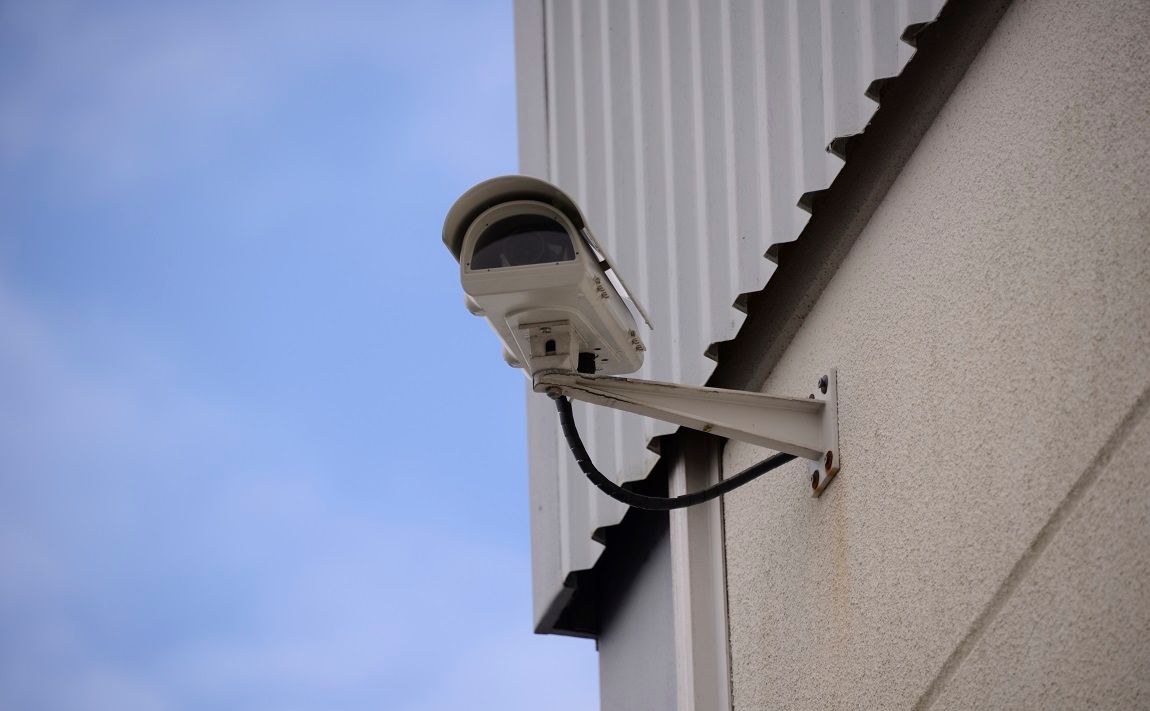-
Products
- Products
- Fire resistant cables
- Power cables 1-145 kV
- Building cables
- Pre-wired installation cables in conduits
-
Specialty LV cables and flexible cords
- Overview
- TITANEX® H07RN-F 450/750 V
- H03V2V2-F (RKK 90) 300/300 V
- H03VVH2-F (SKX-U) 300/300 V
- H05V2V2-F (RKK-S 90GR) 300/500 V
- H05VVH2-F (RKX) 300/500 V
- H05VV-F (RKK) 300/500 V
- H03V2V2H2-F (SKX-U 90GR) 300/300 V
- H03VV-F (SKK) 300/300 V
- PUREAX (H07BQ-F)
- RKX 90
- S03Z1Z1H2-F (SQX) 300/300 V
- H05Z1Z1-F (RQQ) 300/500 V
- Robotic lawnmower wire H05Z1-K (RQ) Tinned 300/500 V
- NOAC-E HFFR 300/500 V (S05Z1A7Z1-F)
- Telecom - LAN - security
- Industrial cabling
- Accessories
- Your business
- News
- Support and Tools
- We are Nexans
- Sustainability at Nexans
- Search
- Contact us
- Compare
- Sign in
Our solutions
If you choose the right cables often show up after a fire
There is often talk of fire protection but it is important to know what it means in practice and which flame-spread classifications to follow. When it comes to cables, it is also important distinguish between flame- spread, fire damage limitation and fire safety.
Cables that extend through both floors and walls are a definite possible flame-spread route. An initial fundamental requirement for providing fire protection is the use of cables with flame-spread prevention properties. This is the reason why there are general flame-spread classifications and these must always be defined. Our cables have clearly defined flame-spread classifications that are easy to understand.
Save lives and save money
Smoke and gases from burning cables often pose major problems for people, machinery and equipment. These problems can be easily reduced if halogen free cables are used. The dissaption of smoke from halogen free cables in a fire is significantly thinner and does not corrode metal. It also facilitates faster and easier evacuation of smoke-filled rooms, which can save lives. Naturally, our cables for alarm and security systems are halogen free.
The most critical cables must also be fireproof. This means that the cable must be guaranteed to work even during a fire. To cope with this, special insulation materials are used that are converted rather than destroyed by fire. The cable can then retain its shape, the conductors are kept separate and the cable continues to function. In addition to the actual fire alarm systems, fireproof cables are needed for example, for safety lighting along evacuation routes for guidance out of the building, in flue gas fans and lifts. The Nexans range features fireproof cables for both electricity supply and communication.
Read more:

Camera surveillance - trends and needs
Despite the fact the security industry having experineced significant growth in recent years, there has been a decreased in the profitability of a lot of comapnies in this field. This means a review of business models and investment in technology that allows rationalisation of business operations. One example of this is the trend amongst security companies to replace manual surveillance with advanced camera surveillance. This means a move away from the analogue systems that are instead replaced with IP-based network cameras. Consequently, coaxial cabling and power supply cables are replaced with network cables (LAN cables).
In an IP-based system, the camera system can be integrated with various other alarm systems, which means it is also possible to communicate with the system from a smartphone. For those who have analogue monitoring systems, Nexans offers a unique combi-cable containing both coaxial and power supply conductors.
Access control system
In principle, an access control system is an extension of a lock system. The system is primarily tasked with identification of a code, the approval or rejection of that code and control of the equipment that regulates passage, which is usually an **electric final ink or motorised lock.
An access control system generally consists of three parts: an access reader (card reader), a door control unit and a programming / registration unit. Communication and power supply between and by the different units is done using diffreent types of signal cable. The systems can also be integrated into a network (LAN).
When choosing a cable, it is important to keep in mind that the different functions place different demands on the cable. For example, the power supply cable requires a relatively coarse conductor area to minimise a voltage drop, while the cable for communication requires twisted-pair conductors to minimise risk of interference. By choosing a so-called “combi-cable” two functions are delivered in one and the same cable, as this type of cable contains both adapted conductors for power supply and one or two twisted pairs for communication (RS 485).
Smart cables - two cables in one
Our websites
Select your country to find our products and solutions
-
Africa
- Africa
- Ghana
- Ivory Coast
- Morocco
- North West Africa
- Americas
- Asia
- Europe
- Oceania